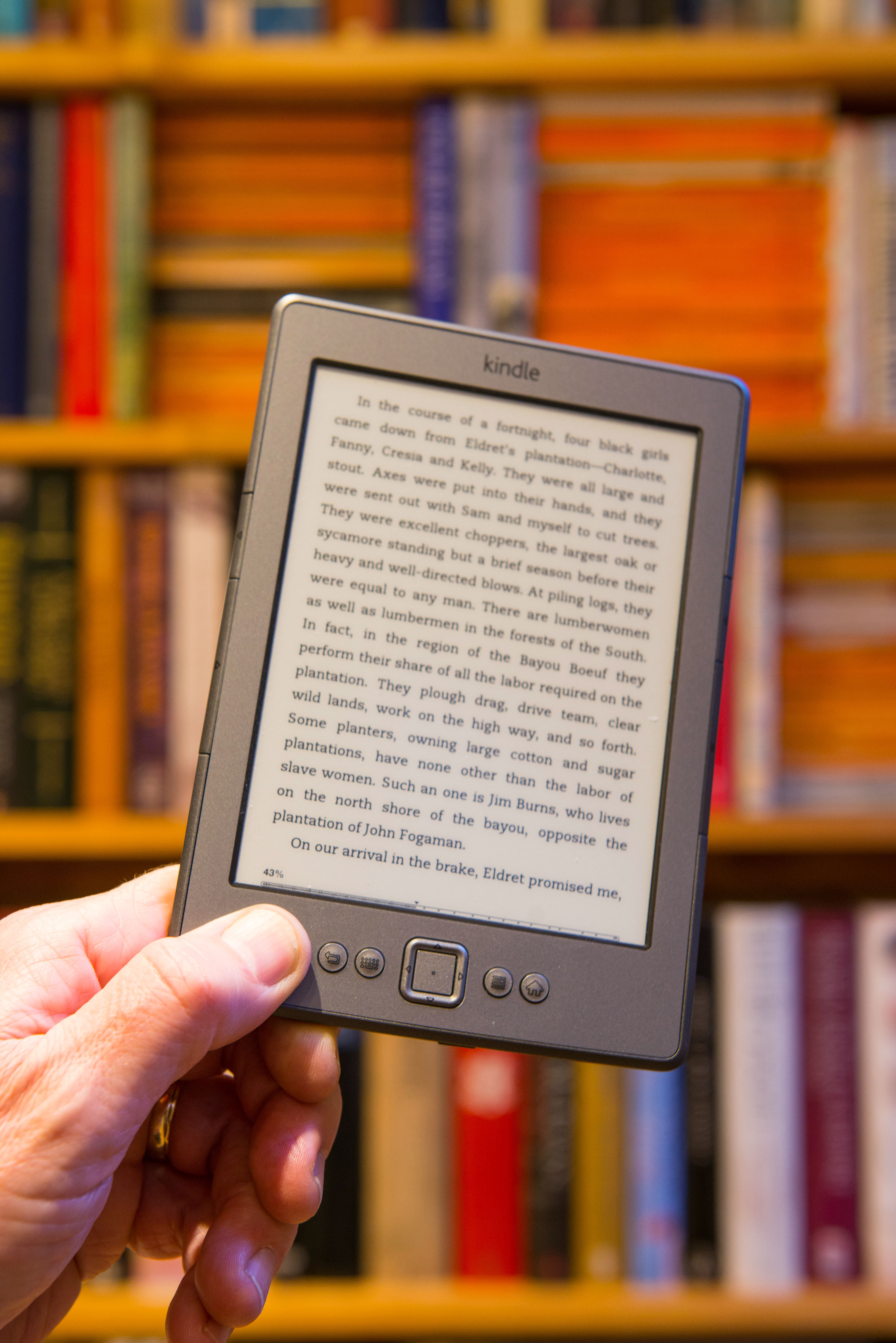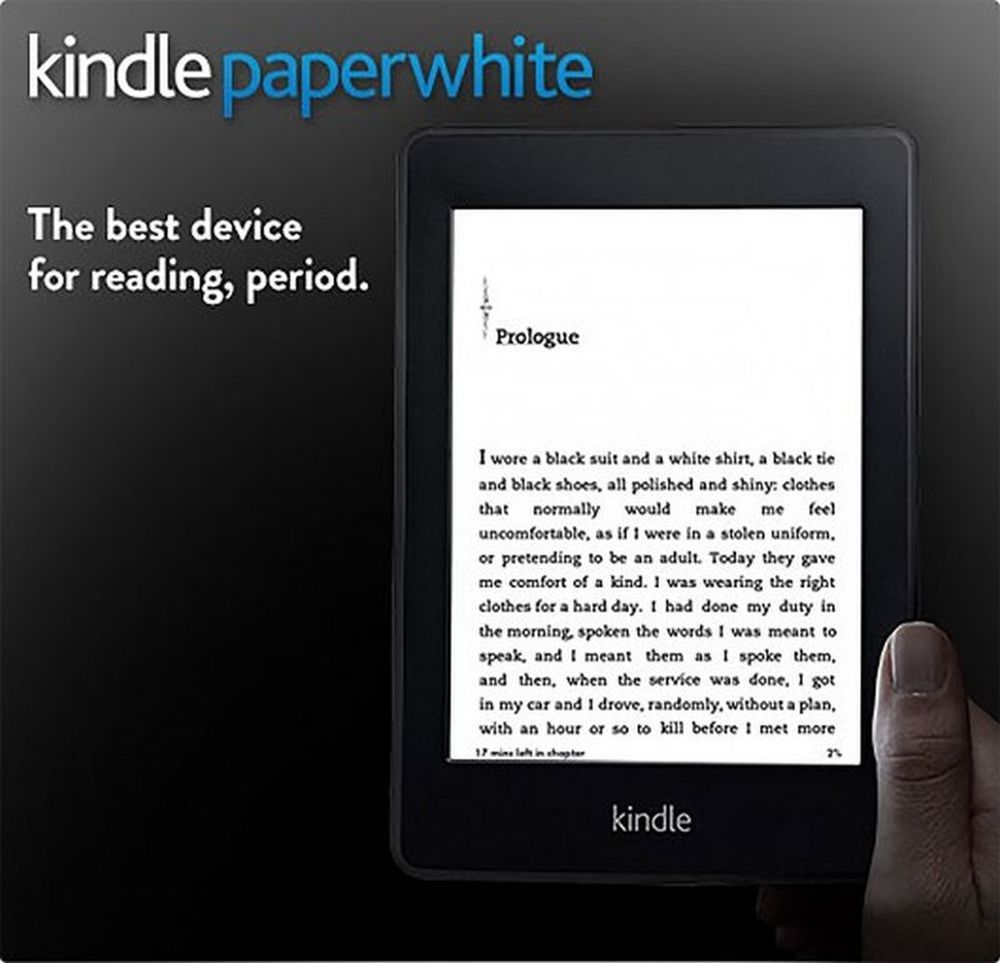


Unlike the Paperwhite, whose base model comes with 8 GB, this Kindle only comes in a 16-GB model, which should be plenty for even the more acquisitive digital hoarders.Īs mentioned, that portability does come with some sacrifices, though: This Kindle doesn’t have the ability to adjust the color of the screen’s light, and it’s not waterproof. Its six-inch display is significantly smaller than the one on the Paperwhite, which makes it much easier to stuff into a small bag, or even the front pocket of my most-used backpack. If you want to save a decent amount of cash, or you prefer a reader with a smaller footprint, the latest base-model Kindle is a great option that doesn’t sacrifice much, and it’s my favorite to travel with. I often find myself having to readjust my grip to turn the page if I’m reading while sipping a cup of coffee or reading in bed. The biggest caveat is that the larger screen on the latest Paperwhite makes it harder to operate one-handed, even if you have fairly large hands.
#KINDLE AMAZON PLUS#
The base model comes with 8 GB of storage (enough to hold about 5,000 ebooks), which is plenty for most people, but if you need more, the Signature Edition comes with a whopping 32 GB, plus support for wireless charging and auto-adjusting brightness. It’s also waterproof, which makes it easy for me to confidently drop into my bag even on a rainy day.
#KINDLE AMAZON ANDROID#
Like most modern Kindles (aside from the Oasis), the Paperwhite has a USB-C port, so it’ll be compatible with the same cables as your iPad or Android phone. At just under $150, it’s pretty pricey for an e-reader, but it gives you a best-in-class reading experience.
#KINDLE AMAZON PORTABLE#
The newest Paperwhite’s screen is slightly larger than those of previous models, which makes it less portable if you like to travel with a small bag or fanny pack, but it makes reading text easier, and it’s still small enough to toss in a tote or backpack. Its 6.8-inch display is lit from the sides, like the rest of the Kindle lineup, rather than being backlit like a smartphone or laptop’s screen, which can cause more eye strain, and you can adjust the light levels to give the screen a warmer tone for nighttime reading. This is the gold standard for e-readers, and it’s the one I carry with me most often. That purchase replaces those ads with the cover of whatever book you’re reading, which is significantly nicer to look at (and who needs another ad vying for their attention when you’re trying to read?). No matter which Kindle you get, it’s probably worth spending an extra $20 to remove the special offers (read: ads) that show up on your lock screen. Over the last seven years, I’ve bought, gifted, or tested nearly every Kindle that’s come out - both in my personal life and in my career as a tech writer - and found what makes each one worth buying (or passing up). Now, there’s more than just one Kindle to choose from, and picking one isn’t as easy as figuring out which one holds the most books or has the longest battery life (they can all store thousands of books, and all last weeks on a single charge). Those two features alone have made the Kindle indispensable in my life, but it’s only gotten better with every iteration. Beyond that, it made remembering what I read easier, as I could highlight the text inside any ebook - no marking up paper necessary - and it would automatically get saved in a text file I could access from a computer later on. With it, I could carry hundreds of ebooks in my bag while hardly adding any weight, and I could access them all on the go without having to pick one on my way out the door.

I picked up my first Kindle in college, about ten years ago, and it was the first device that helped me actually finish books.


 0 kommentar(er)
0 kommentar(er)
